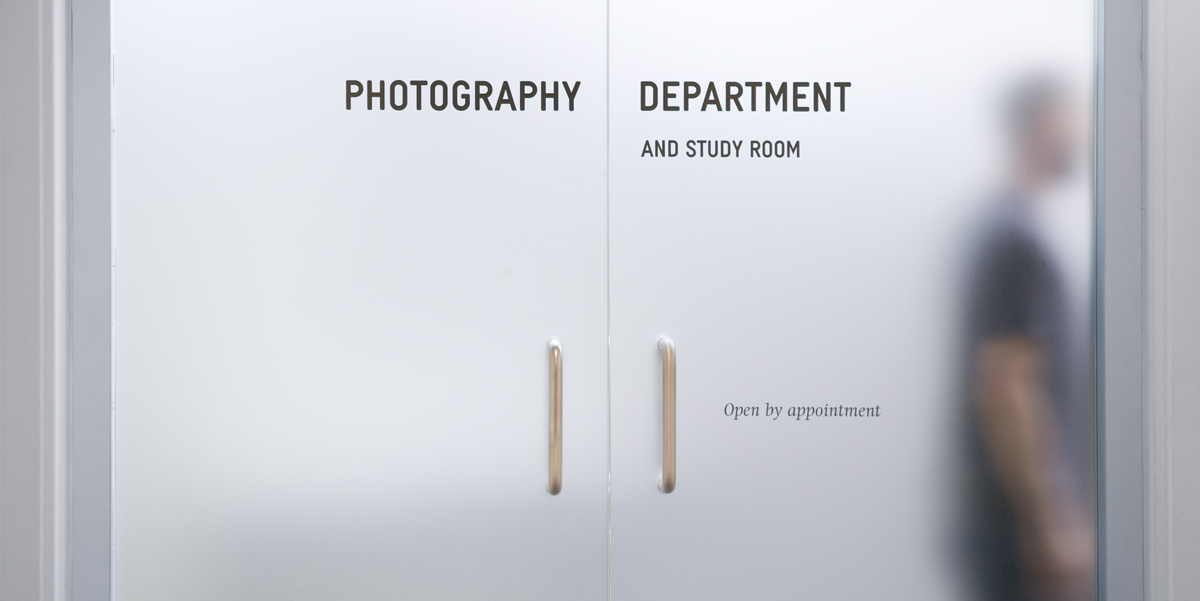
7.30.2008
7.29.2008
7.24.2008
Gardens You Can't Eat
7.22.2008
Not An Homage to Weston

Obviously. Nor my favorite, Charles Jones. Just the first Purple Beauty that we grew from seed and harvested. And ceremoniously ate.
I-5 and Andersen's Pea Soup
The Gardens of Berkeley



A recent trip to the Bay Area brought us to our favorite backyard farm: Uncle Rich's in Berkeley. Corn, beans, tomatoes (red and yellow, big and small), onions (sweet as candy when grilled), leeks, lettuce, strawberries (Nusia definitely picked and ate those), pears, apples, asparagus, kiwi fruit (that's right), sweet peppers, hot peppers, potatoes. And more.
Rich's backyard breadbasket was/is one of the key inspirations for me to try growing food. But whereas my novice attempts are sometimes successful, in small ways, Rich brings about some serious YIELDS. Dinners at Karen and Rich's are full of the tastiest veggies you could hope for.
You might like to make fun of Berkeley. And, don't get me wrong, it's fun. They do wear their hearts on their bumper stickers up there. Is there dramatic segregation and inequality, as in all American cities? Yes. But they also have beautiful flower gardens instead of lawns, and vegetables growing in what seems to be every other yard. Big old grand trees line the streets. The early-20th century houses are the anti-Irvine.
And bikes. Bicycles are just part of life in Berkeley. Normal people (not bike geeks) ride bicycles to get from point A to point B. Bike geeks abound. Bike paths abound. Signs indicating bike-friendly streets abound. It ain't L.A.
So make fun of Berkeley. I might, too. But we sophisticated Angelenos have a couple of things to learn from our statemates.
7.21.2008
7.16.2008
7.13.2008
Julius Shulman and the Fujica GX617

Recently I've been fortunate on two counts: I heard Julius Shulman speak in person and I had a job that required the use of a Fujica GX617. Shulman spoke about a lot of things—none of which touched upon the questions put to him. If you're 97 and still working and your images define Modernism in LA, maybe even define the photography of architecture, you don't have to answer questions. One of the things he said that I enjoyed hearing is that the camera is the least important part of the equation. True. His brilliance is in being able to see the essence of things, physical things, built structures, lines, volumes, masses, spaces. I often wonder if people really see that in his work, since so often we get caught up with dropping names ("NOOOTRA") or thinking about architectural history. Shulman's work is very important historically, but as someone who tries to do what he did (I just said "tries"), I see the value in his work less in its historical context and more in its teaching how to see and interpret and present.
So the connection between this great photographer and this camera? Whether he ever used it or not, I couldn't say. He said it's not about the camera, and it isn't. But sometimes a camera is so fun to use and so helpful in getting the user to see in a different way, that well, it is about the camera.
Volunteerism Begins at Home

If you know me, you know I enjoy composting. Here's one of many reasons why: We have this enormous primeval gourd-producing plant taking up acreage in our backyard, and we didn't plant it. Spread compost around to replenish and enrich your soil and seeds plant themselves. That's what they do. Then we have gourds.
7.05.2008
Happy 5th from Abe Lincoln
Subscribe to:
Posts (Atom)







